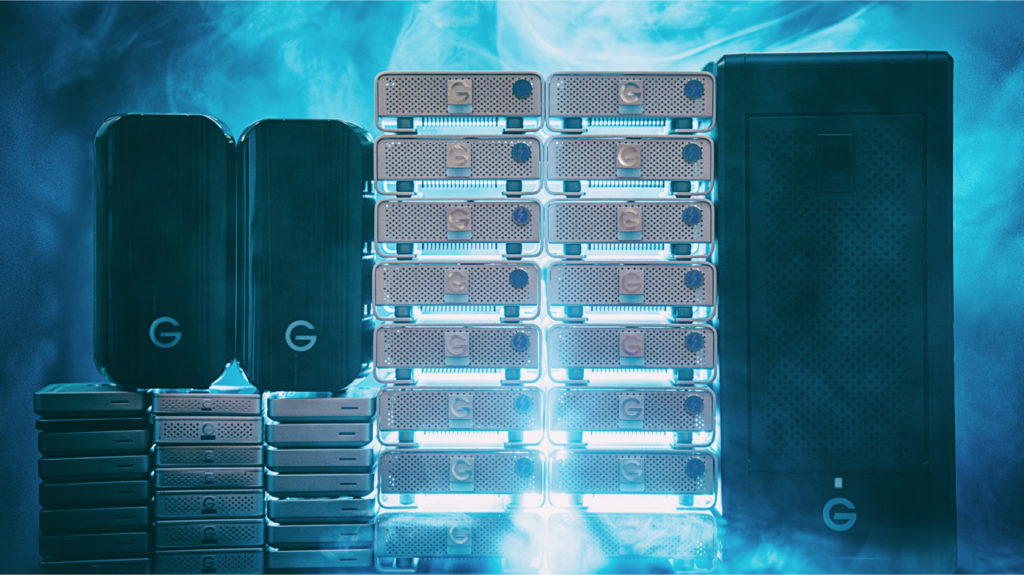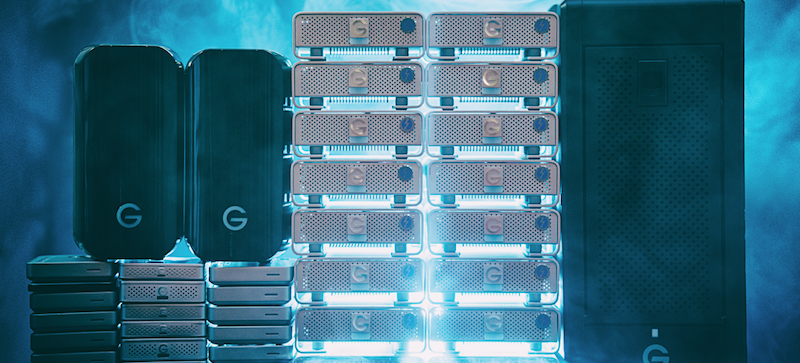
Hey Corey, Big fan of your work!
I’m wondering if you could share your thoughts on backing up files and data, both stills and video. Do you have a workflow for when you’re out in the field? What about back in the office? Thanks for the advice!
—Richard, San Diego
Hey, thanks for those great questions! They’re big questions, though, so I’m going to split my answer up into two posts. In this first post, I will discuss backing up data while out in the field. And in part 2, I’ll discuss backing up data in the office.
I want to avoid getting too deep in the weeds with all of the possible technical details. Instead, I think it’ll be more useful if I explain how I think about backing up data—my philosophy, methodology, and approach. The fact is, technology changes by the minute, but the principles behind good data management pretty much stay the same. It’s best to first understand the higher level concepts behind data management, then adapt and apply those principles to whatever storage system you are working with.
For as long as I’ve been shooting digitally, I’ve been really mindful of the systems I’ve been using to protect my data. A lot of my systems and solutions originate through conversations with good friends like Todd Snyder, Justin Bastien, Rob Galbraith, Kevin Gilbert, and Reed Hoffmann and Brett Wilhelm (more on Brett in part 2), all of whom have provided me with a ton of insight into how to build these systems. Our conversations took place at a time when there were no textbooks or how-to manuals on how to do asset management and backup. This was a time when burning data to CDs was considered state of the art.
The way I think about my data storage is Redundancy, Reliability, Durability, and Speed.
Redundancy
So … what does redundancy mean?
Simply put, it means that if one of your hard drives craps out, gets lost, gets stolen, gets dropped, or gets dropped off a 3,000-foot cliff, you’re not screwed.
When I’m out on an assignment, whether that’s for a still shoot or a video production, I try to have three “points” of redundancy. This philosophy of creating and keeping triplicate copies of my work usually means that we will bring two G-Technology G-Drive Pro Thunderbolt hard drives, and then use all of my camera’s memory cards as the third backup.
Ideally, I always bring enough SanDisk Extreme Pro memory cards to get myself through an entire shoot without having to reuse or format any of the cards. This way, the memory cards act as a third back-up to our other two G-Tech hard drives.
However, bringing this many memory cards isn’t always practical, especially if we’re shooting in 6K or 8K and using RED cameras. In that case, we will simply bring three G-Tech hard drives in order to adhere to this idea of redundancy through triplicate backups.
To describe our workflow: At the end of each day, whether we’re back in a hotel room or inside a tent, we’ll download the entire day to the two G-Tech drives. The size of the hard drives are scalable depending on the assignment, and the amount of data that we’re capturing day to day. For a one-day shoot, for example, I’ll bring two 1 Terabyte G-Drives with Thunderbolt. If it’s a giant three-week production involving multiple RED cameras, that’s a whole different animal and we’ll bring two G-Speed Shuttle XL drives.
Redundancy also applies to card readers and hard-drive cables. When you’re out in the field, hard-drive cables can be like socks in the laundry machine—they seem to just disappear. Bringing a couple extra card readers is also a smart idea. If something can break, it will at the worst possible time. Beat back your bad karma with Redundancy!
If speed is critical in the field or I am truly working alone then I’ll use solid state drives in the field. However, when I get back to the office, I’ll transfer this data to spinning drives.
We try to estimate how much data we’ll be capturing per day before leaving the office, something that we’ve certainly become better at with more experience. Sometimes, though, we’ve found ourselves in a situation where we are FedEx’ing more G-Tech drives to our location overnight—not ideal, but it’s at least nice to have that option. If you’re going to a place where Fed Ex doesn’t deliver, plan accordingly or bring extra drives.
Redundancy also applies to packing and travel. We try to keep all of our hard drives and the memory card wallets separate, for example. So if a bag is stolen or lost, we don’t lose everything. Typically, when we’re in transit, I’ll carry one hard drive, our client (or even the athlete we’re shooting with) will carry the second hard drive, and my assistant will carry the memory card wallet (or third hard drive). We’ll even divvy up the drives into separate hotel rooms, again, in case there’s a break-in and one room is raided.
Reliability, Durability, Speed
When choosing memory cards and hard drives, I believe that you should always select the most reliable, the most durable, and the fastest solutions out there. Bottom line: don’t skimp! Don’t be a cheap-ass when it comes to buying the memory that goes inside your camera, or the hard drives to which you will back up all your data.
If you are hemming and hawing about throwing down the extra money on top-of-the-line hard drives or memory cards, take a step back from the budget bin and just consider the big picture. Think about it. Anytime you’re going out on a shoot, you’re spending time, money, and resources to capture moments that will only happen once. They’re special, and quite frankly, having to re-create a shoot because your memory failed is unacceptable.
I use SanDisk Extreme Pro cards for my Nikon cameras, and I use G-Technology hard drives for any backup. The products from these companies have never failed me, and in my opinion, they make the fastest, most durable, and most reliable storage solutions out there.
Memory is relatively affordable these days, especially when it comes to memory cards for HD-SLR cameras. As I mentioned, I try to bring enough cards to get through a whole shoot without having to format my cards. It’s worth the piece of mind.
When it comes to shooting on memory cards, my workflow is to use a card wallet and follow a meticulous, but very easy, system. I know that if a card is front facing, it’s blank and ready to go. If it’s turned so the back side of the card is facing out, that means I’ve already shot it. I also select the cards in order, so that I keep them chronological. This is a Reliable workflow that makes me more efficient and faster out in the field.
OK, hope these fundamentals provide you with some helpful tips. Stay tuned for part 2, in which I’ll discuss servers, more hard drives, and how we back up our data once we’re in the office.

3 comments
As someone who’s had a drives and memory cards crap out on me over the years, I’m always curious how others are keeping their files safe. You’ll never be upset you have your work in to many places.
Hey Guys.
Wondering when part II will be up? Part 1 was a great read.
Thanks!
A great read, especially from you guys. Seen Your CreativeLive workshop and one can tell you guys make big productions and have a lot of experience. Can’t wait for the second part. Cheers!
Comments are closed.